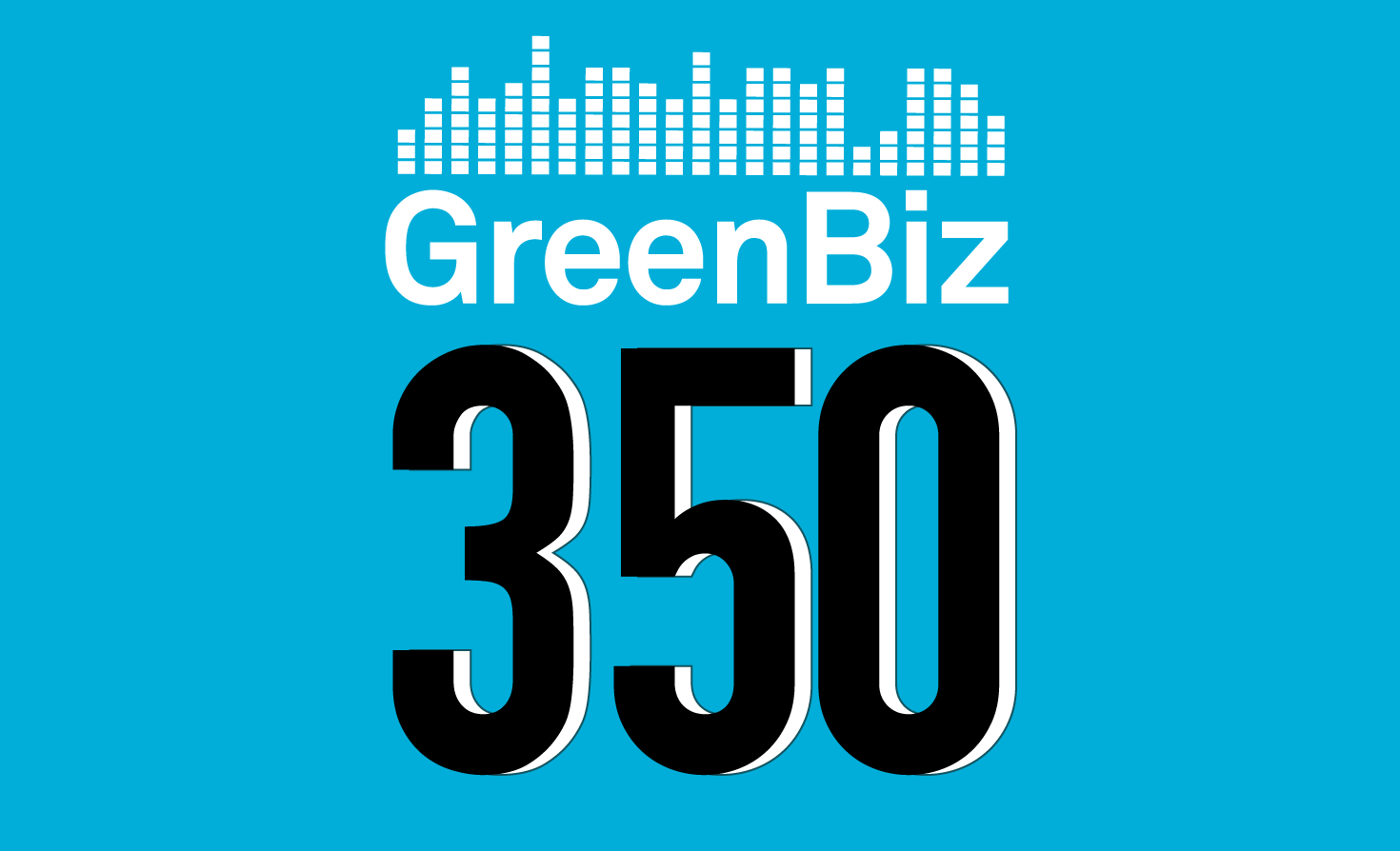Episode 223: Climate action and racial justice must converge, urban forest credits
Heather Clancy
Fri, 06/05/2020 – 02:00
Week in Review
Commentary on this week’s news highlights begins at 13:00.
- This moment: An open letter to the GreenBiz community
- Al Gore: Climate action is “bound together” with racial equality and liberation
- How the Navajo got their day in the sun
- It takes a village to succeed in climate tech
Features
The quest for net-positive buildings (22:35)
The pressure for companies and cities to consider the climate crisis — and associated risks — in post-COVID 19 recovery strategies is increasing. How feasible are net-positive buildings, and how might our new economic landscape affect their development? We discuss the issue with Ryan Colker, vice president of innovation for the International Code Council; and Andrew Klein, a professional engineer who is a member of ICC and code consultant for the Building Owners and Managers Association International.
Growing a carbon market for urban forests (34:45)
The process of issuing carbon credits for reforestation projects in places such as rainforests as well established — not so much when it comes to trees growing in the shadow of skyscrapers. Mark McPherson, executive director of City Forest Credits, talks about the nonprofit’s mission to plant and preserve more trees to towns and cities, and how companies can get involved.
Extending the life of medical equipment (43:25)
The iFixit repair site just added the world’s largest medical equipment repair database, a free resource for hospitals having trouble fixing equipment quickly — a problem exacerbated by the COVID-19 pandemic. The site’s CEO and founder, Kyle Weens, joins us to chat about the project and why more product vendors should rethink their repair and service policies.
*Music in this episode by Lee Rosevere: “Southside,” “More On That Later,” “Night Caves,” “Curiosity” and “As I Was Saying”
*This episode was sponsored by UPS.
Virtual conversations
Mark your calendar for these upcoming GreenBiz webcasts. Can’t join live? All of these events also will be available on demand.
The future of risk assessment. Ideas for building a supply chain resilient to both short-term disruptions such as the pandemic and long-term risks such as climate change. Register here for the session at 1 p.m. EDT June 16.
Supply chains and circularity. Join us at 1 p.m. EDT June 23 for a discussion of how companies such as Interface are getting suppliers to buy into circular models for manufacturing, distribution and beyond.
Resources galore
State of the Profession. Our sixth report examining the evolving role of corporate sustainability leaders. Download it here.
The State of Green Business 2020. Our 13th annual analysis of key metrics and trends published here.
Do we have a newsletter for you! We produce six weekly newsletters: GreenBuzz by Executive Editor Joel Makower (Monday); Transport Weekly by Senior Writer and Analyst Katie Fehrenbacher (Tuesday); VERGE Weekly by Executive Director Shana Rappaport and Editorial Director Heather Clancy (Wednesday); Energy Weekly by Senior Energy Analyst Sarah Golden (Thursday); Food Weekly by Carbon and Food Analyst Jim Giles (Thursday); and Circular Weekly by Director and Senior Analyst Lauren Phipps (Friday). You must subscribe to each newsletter in order to receive it. Please visit this page to choose which you want to receive.
The GreenBiz Intelligence Panel is the survey body we poll regularly throughout the year on key trends and developments in sustainability. To become part of the panel, click here. Enrolling is free and should take two minutes.
Stay connected
To make sure you don’t miss the newest episodes of GreenBiz 350, subscribe on iTunes. Have a question or suggestion for a future segment? E-mail us at [email protected].
Equity & Inclusion
Offsets




